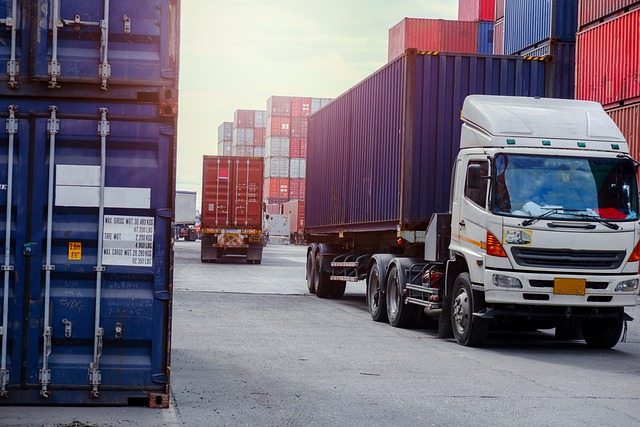Shipping Carbonated Beverage Production Line from Guangzhou/Shenzhen to Noumea, New Caledonia
Shipping Options: FCL vs. LCL
1. Full Container Load (FCL): For large shipments, a Full Container Load (FCL) is the most efficient option. When shipping an entire carbonated beverage production line, an FCL can accommodate the equipment and materials in a single 20-foot or 40-foot container. This is ideal for large, bulky, or heavy cargo that needs to be securely stored in one container, reducing the risk of damage during transit.
- 20FT Container: Ideal for smaller production line equipment or where space is limited.
- 40FT Container: Suitable for larger or more extensive equipment, providing extra space for accessories, tools, or packaging materials.
The FCL option guarantees that the entire container is solely reserved for your shipment, reducing the chance of delays and damage from shared space.
2. Less than Container Load (LCL): For smaller shipments or when the total volume of the equipment doesn’t justify a full container, Less than Container Load (LCL) is a good alternative. In an LCL shipment, your cargo will share space with other consignments, and the shipping cost is calculated based on the volume or weight of your goods. While LCL is typically more cost-effective for smaller loads, the handling and unloading process is a bit more complex, as it requires the consolidation and deconsolidation of various shipments at both the origin and destination ports.

Sea Freight and Transit Time
The sea freight from Guangzhou or Shenzhen ports in China to Noumea, New Caledonia, typically takes around 30 days. The shipping route involves passage through major international shipping lanes, including transshipment at regional hubs, before reaching the Port of Noumea.
Once the goods arrive at Noumea port, they are subject to customs clearance, after which they can be transported to the final destination in Noumea or other areas within New Caledonia.
CIF (Cost, Insurance, and Freight)
When shipping under a CIF (Cost, Insurance, and Freight) agreement, the seller assumes responsibility for covering the cost of the production line, insurance, and freight charges until the goods reach the destination port (Noumea). This means that the seller is responsible for the transportation cost, including insurance to protect the goods during transit, as well as shipping fees up to Noumea port.
The buyer will need to handle the customs clearance and any additional charges at the destination, such as port handling fees, taxes, and local transportation costs to the final delivery point.

Packaging of Carbonated Beverage Production Line Equipment
Proper packaging is essential to ensure the safety and integrity of the carbonated beverage production line during transit. Since the production line contains sensitive machinery, valves, and potentially fragile equipment, each component must be securely packaged to prevent damage. Below are key considerations for packaging:
- Crating and Palletizing: Heavy and large machinery should be crated or palletized for stability and ease of handling. Use durable wooden crates or custom-built wooden frames to prevent the equipment from shifting during transit.
- Protective Coverings: Use stretch film or shrink wrap to secure smaller components and ensure they remain in place. For sensitive parts, such as control panels or electronic equipment, apply protective padding or foam to prevent any impact damage.
- Waterproofing: Since the equipment will be exposed to moisture during transit, it is crucial to include waterproof materials, such as plastic sheeting or moisture-absorbing desiccants, inside the packaging to prevent rust or corrosion.
- Labeling and Documentation: All packages should be clearly labeled with handling instructions (e.g., “Fragile” or “This Side Up”) to minimize the risk of mishandling. Additionally, each package should have the necessary shipping and customs documents attached for smooth customs clearance.



